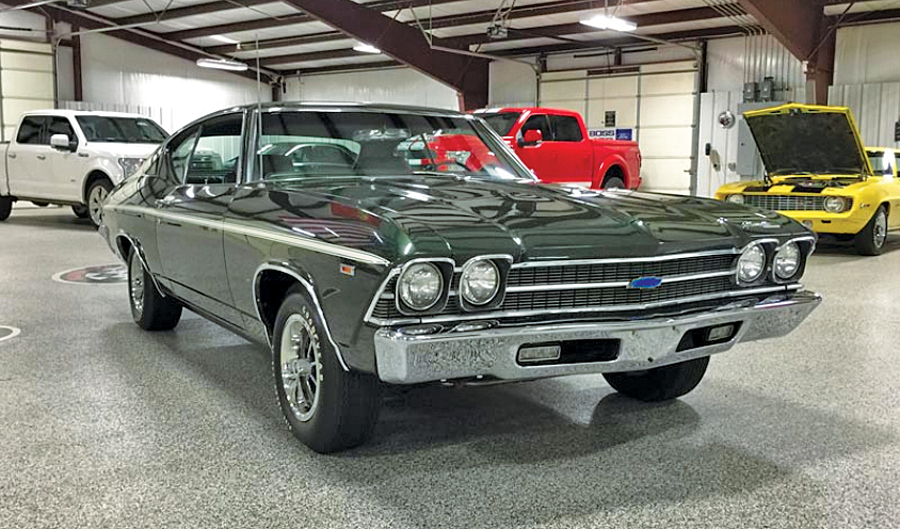- Extremely rare and legendary race-bred performer
- Factory M22 “Rock Crusher” 4-speed car with 4.10:1 Positraction
- Very well equipped with options including chambered exhaust
- Rare Fathom Green over green; legendary L72 427 show-winning restoration completed during 2004
- Verified COPO vehicle by Ed Cunneen of the COPO Connection
Chassis Number: 136379B404108

